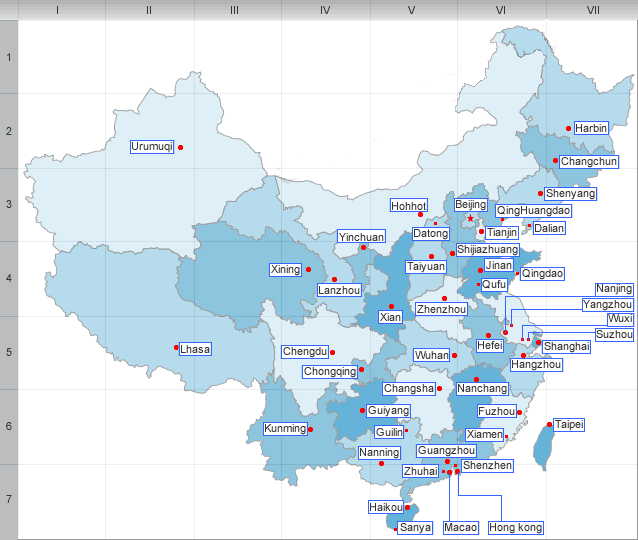Culture and Tourism of Yunnan
Culture
Most dialects of the Chinese language spoken in Yunnan belong to the southwestern subdivision of the Mandarin group, and are therefore very similar to the dialects of neighboring Sichuan and Guizhou provinces. Notable features found in many Yunnan dialects include the partial or complete loss of distinction between finals /n/ and /ŋ/, as well as the lack of /y/. In addition to the local dialects, most people also speak Standard Chinese, which is used in the media, by the government, and as the language of instruction in education.
Yunnan’s ethnic diversity is reflected in its linguistic diversity. Languages spoken in Yunnan include Tibeto-Burman languages such as Bai, Yi, Tibetan, Hani, Jingpo, Lisu, Lahu, Naxi; Tai languages like Zhuang, Bouyei, Dong, Shui, Tai Lü (Xishuangbanna Dai) )and Tai Nüa (Dehong Dai))or northern lao dialect; as well as Hmong-Mien languages.
The Naxi use the Dongba script, which is the only ideographic writing system in use in the world today. The Dongba script was mainly used to provide the Dongba priests with instructions on how to carry out their rituals: today the Dongba script features more as a tourist attraction.
One of Yunnan’s famous products is Pu-erh tea, named after the old tea trading town of Pu-erh, as well as the Yunnan Golden Needle tea.
Tourism
Tourist centres in Yunnan include:
• Dali, the historic center of the Nanzhao and Dali kingdoms.
• Jinghong, the center and prefectural capital of the Xishuangbanna Dai minority autonomous prefecture.
• Lijiang, a Naxi minority city.
• Shangri-La County (formerly Zhongdian), an ethnic Tibetan township and county set high in Yunnan’s north-western mountains.
• The Stone Forest, a series of karst outcrops east of Kunming.
• Yuanyang, a Hani minority settlement with vast rice-terraces.
| PREV:Economy and Ethnic Group of Yunnan | Next:Geography and climate ogf Fujian |



